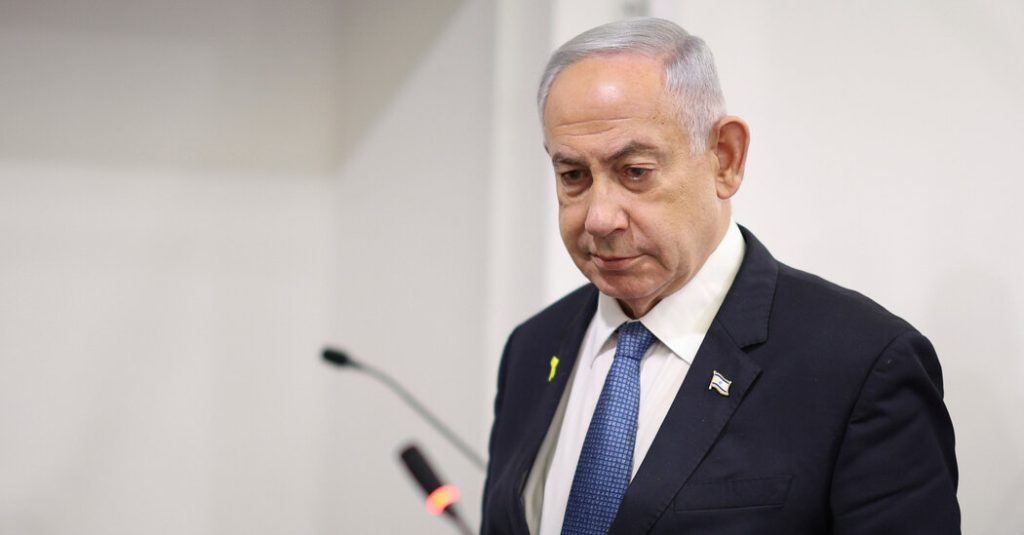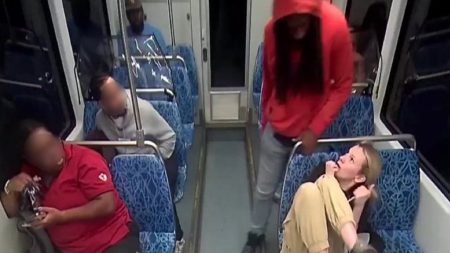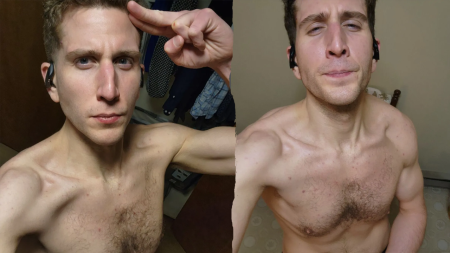The stage is set for a high-stakes week in Middle Eastern diplomacy as Israeli Prime Minister Benjamin Netanyahu heads to Washington to meet U.S. President Donald Trump and other senior officials. The visit comes at a pivotal moment after the region has been rocked by 15 months of devastating conflict following an October 2023 Hamas-led assault on Israel. With instability spreading to Gaza and Lebanon, the effort to chart a path toward enduring peace is pressing and delicate. Netanyahu’s comments before boarding his plane were strikingly optimistic, emphasizing “peace through strength” and hinting at the transformative potential of decisions made during the war.
For Trump, who has been vocal about ending U.S. entanglements in prolonged regional conflicts, these discussions mark his first major foreign policy engagement since taking office last month. Netanyahu is expected to be the first foreign leader to meet the new president, spotlighting the critical nature of their discussions.
### A Fragile Truce in Gaza and Lebanon: The Path from Conflict to Cease-Fire
On Monday, negotiations will begin on the second phase of a cease-fire agreement in Gaza. The deal, brokered initially in January, aims to transform the current fragile truce into a more stable cessation of hostilities between Israel and Hamas. The first phase has already seen progress, with hostages released on both sides and some displaced Palestinians returning home. But the situation remains tenuous. On Sunday, the calm was briefly disrupted when an Israeli aircraft targeted a vehicle in Gaza for deviating from the agreed-on inspection route. Although no casualties were reported, the incident underscores the fragility of the situation.
Israel is concurrently navigating another critical deadline: a U.S.-mediated cease-fire in Lebanon that expires on February 18. By then, both Israeli and Hezbollah forces are expected to withdraw from southern Lebanon. The durability of this agreement remains a question mark, as tensions with Hezbollah, an Iranian-supported armed group, simmer beneath the surface.
### Broader Issues on the Table: Iran, Saudi Arabia, and Regional Stability
While the immediate concern is strengthening cease-fires in Gaza and Lebanon, larger regional dynamics will undoubtedly shape Netanyahu’s meetings in Washington. Chief among them is curbing Iran’s nuclear ambitions and its support for proxies like Hezbollah near Israel’s borders. For years, Iran’s influence in the region has been a significant national security concern for Israel. Trump’s administration will likely confront how to revive or reshape agreements aimed at curbing Tehran’s nuclear capacity while addressing its destabilizing behavior.
Another intriguing angle is the potential for a grand diplomatic breakthrough involving Israel and Saudi Arabia. Over the years, the U.S. has quietly worked to encourage the normalization of relations between the Jewish state and the Sunni powerhouse. Reports suggest discussions of formal ties are resurfacing, offering the tantalizing prospect of reshaping alliances in a region often at odds. Saudi Arabia, with its substantial influence among Arab nations, could play a key role in mediating broader Middle Eastern peace agreements.
### Netanyahu’s Focus: Hamas, Hostages, and Iran
From the tarmac on Sunday, Netanyahu outlined his objectives for the trip succinctly: achieving victory over Hamas, ensuring the release of all Israeli hostages, and countering Iran’s “terror axis.” Central to the discussion will be the mechanics of the Gaza cease-fire deal. Steve Witkoff, Trump’s newly appointed Middle East envoy, is expected to play a crucial role in facilitating negotiations during Netanyahu’s visit. Witkoff has already proven instrumental in shepherding diplomatic breakthroughs, having coordinated with the outgoing Biden administration, as well as Qatar and Egypt — the deal’s key mediators — during the initiative’s early phases.
On the ground and away from the negotiating table, hope flickers in Israel and Gaza amid the cautious success of the first cease-fire phase. Over the past two weeks, 13 Israeli hostages have been freed in exchange for hundreds of Palestinian prisoners, a development that has provided some respite to grief-stricken families. One such release included Keith Siegel, a dual American-Israeli citizen, reflecting the international dimension of the hostilities.
Yet the specter of Hamas’s enduring strength in Gaza looms large. Images of gun-toting militants overseeing hostage handovers to the Red Cross paint a sobering portrait of reality. Despite claims that war decisions have redefined the Middle East, Netanyahu remains wary of declaring any long-term cessation of violence, openly reserving the option to return to combat if future circumstances demand.
### Egypt and Qatar: Regional Mediators Holding Fragile Ties Together
Qatar and Egypt have emerged as pivotal players in brokering the Gaza cease-fire. Both nations have vested interests in preventing further escalation and maintaining regional stability. On Sunday, Qatar’s prime minister reaffirmed his country’s commitment to implementing the truce in partnership with Egypt and the United States. Such efforts are significant given the broader regional context, where the balancing act of diplomacy often entails managing competing alliances.
Not all proposals, however, have found favor in regional capitals. Trump has floated the idea of relocating Gaza’s population en masse to neighboring Egypt and Jordan. This suggestion echoes calls from Israel’s far-right during the war, which advocated for Palestinian displacement. On Saturday, Egypt, Jordan, Saudi Arabia, and other Arab nations forcefully rejected such plans, issuing a joint statement warning against uprooting Palestinians. They argued that such actions could destabilize the region further and undermine any hopes for peace.
### A Moment of Cautious Hope
As Netanyahu begins his Washington itinerary with meetings with Witkoff and, later, Trump, the stakes could not be higher. The discussions reflect both the promise and the peril of this moment in the Middle East. Recent cooperation between Israel, the U.S., and regional actors suggests a cautious optimism that peace — or at least a reduction in violence — can be reached.
Yet the challenges are immense. The fragile truce with Hamas could still unravel, while Netanyahu’s enduring commitment to dismantling Hamas’s military capabilities raises questions about the longevity of any agreement. The looming expiration of the Lebanon cease-fire could reignite conflict in the northern arena, and Iran’s influence across the region remains a long-term threat. Meanwhile, bold ideas like a potential détente between Israel and Saudi Arabia hinge on navigating a maze of sensitive political and religious considerations.
Amid these dynamics, the role of individual actors like Steve Witkoff gains heightened importance. As both a mediator and policymaker, his ability to navigate the competing interests of Israel, Hamas, and a host of regional stakeholders could shape the trajectory of peace talks for years to come.
### The Road Ahead: Hope and Hard Realities
Netanyahu’s U.S. visit offers a window into the complex web of Middle Eastern diplomacy. Each handshake and negotiation reflects not just immediate cease-fires but also broader questions about power, identity, and the shifting sands of alliances. For Trump, the opportunity to negotiate a landmark peace deal aligns with his administration’s interest in reshaping America’s overseas commitments while solidifying its role as a global peace broker.
As the cease-fire negotiations continue and the region inches toward either renewed hostilities or fragile calm, one thing is certain: the world will be watching closely. For millions of Israelis and Palestinians, the outcomes of these discussions will directly impact their future. Whether this chapter in Middle Eastern history becomes a turning point or just another cyclical episode of conflict remains to be seen.









